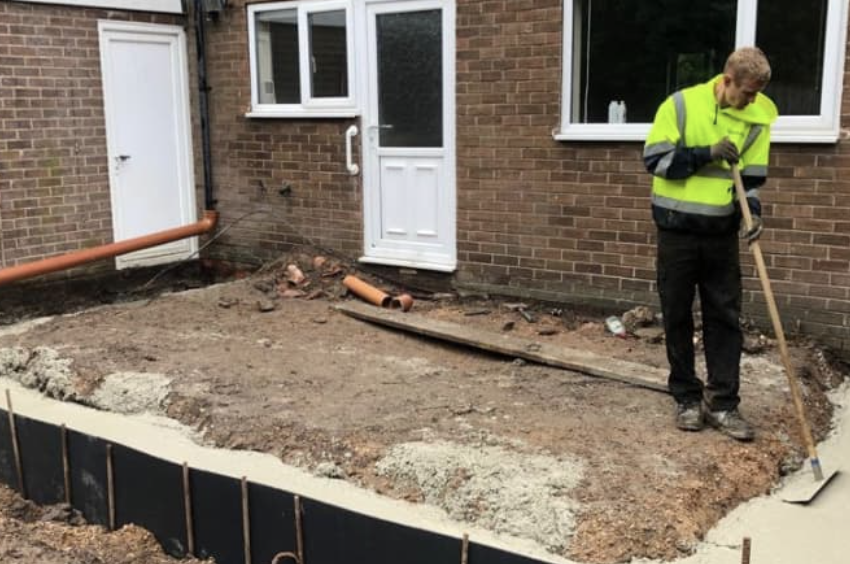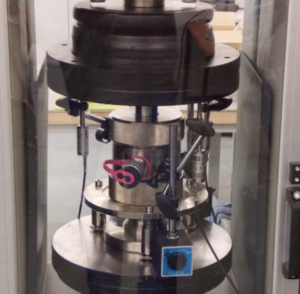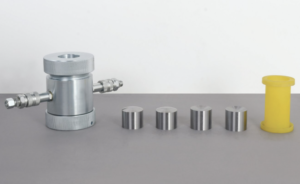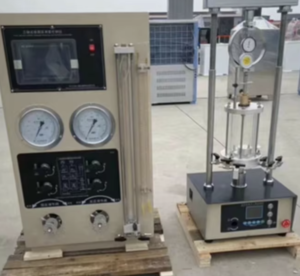What is Soil Permeability?
Soil permeability is the property that defines how easily water or other fluids flow through soil. It describes the interconnectedness of pore spaces within the soil structure, significantly impacting drainage, construction, and environmental considerations. Understanding permeability is vital for any project that interacts with soil and water.
Why Does Soil Permeability Matter?
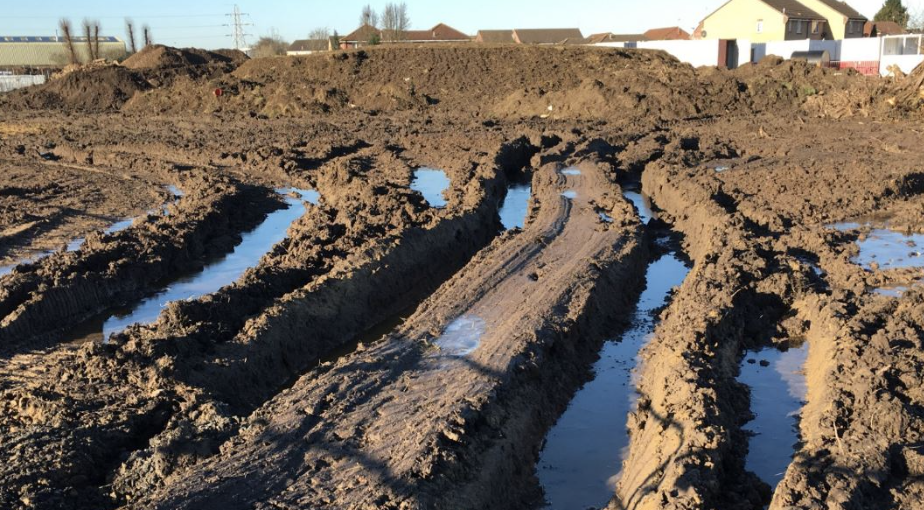
Soil permeability is important because it influences:
- Drainage efficiency1: Determines how quickly water moves through soils, affecting flooding or drought conditions.
- Structural integrity2: Influences foundations, roads, and slope stability.
- Environmental protection3: Controls the movement of contaminants into groundwater.
| Soil Type | Permeability Level | Engineering Significance |
|---|---|---|
| Gravel & Sand | High | Good drainage, ideal for foundations |
| Silt | Moderate | Adequate drainage, needs cautious planning |
| Clay | Low | Poor drainage, suitable as barriers |
How Is Soil Permeability Measured?
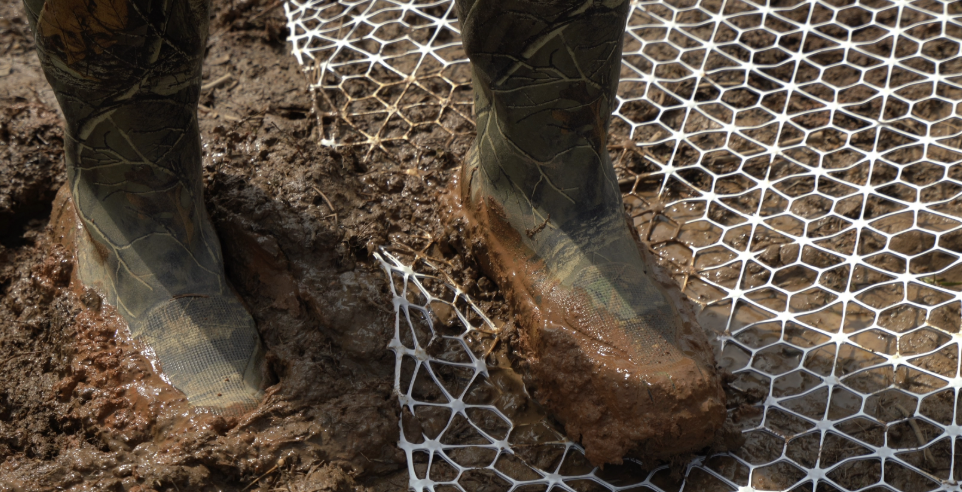
Soil permeability measurement methods fall into two categories:
Laboratory Testing
- Constant Head Test: Used for coarse soils (gravel and sand).
- Falling Head Test: Suitable for fine soils (clay and silt).
Field Testing
- Pumping Tests: Assess permeability in large areas.
- In-situ Borehole Tests: Quick, localized assessments.
| Method | Suitable Soils | Accuracy |
|---|---|---|
| Constant Head | Gravel, sand | High |
| Falling Head | Clay, silt | Moderate |
| Field Tests | All soil types | Variable |
What Factors Influence Soil Permeability?
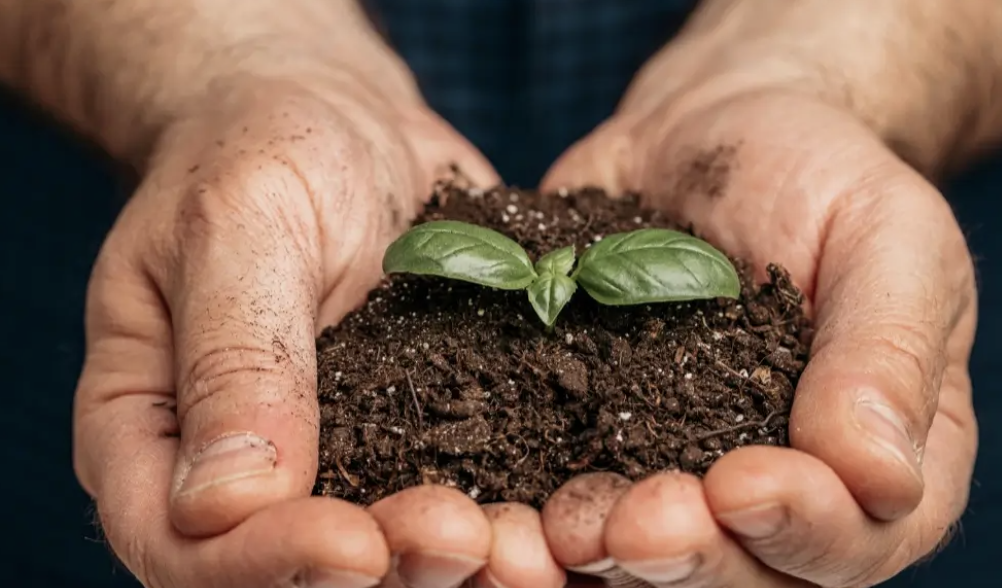
Several key factors affect soil permeability:
- Particle Size4: Larger particles typically mean higher permeability.
- Soil Structure5: Dense or compacted soils reduce permeability.
- Moisture Content: Saturated soils temporarily reduce flow rates.
- Organic Content6: High organic matter usually increases permeability by improving soil structure.
| Factor | Effect on Permeability |
|---|---|
| Particle size | Larger → Higher permeability |
| Compaction | Higher → Lower permeability |
| Moisture content | Higher → Temporarily lower permeability |
| Organic matter | More → Generally higher permeability |
How Does Permeability Affect Engineering Projects?
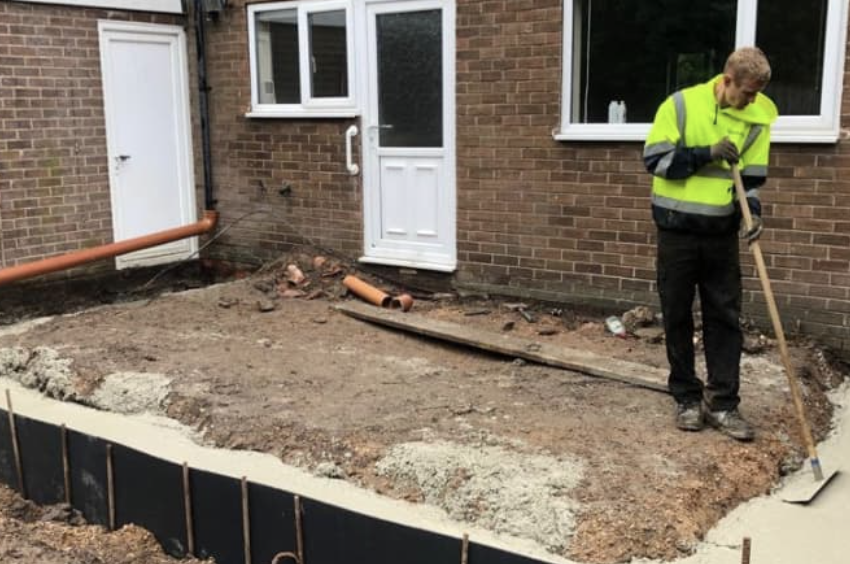
Soil permeability critically influences engineering decisions:
- Foundation Design7: Ensures structures don’t suffer from excessive settlement.
- Drainage Systems8: Properly manages water flow to prevent flooding.
- Slope Stability: Reduces landslide risks through controlled drainage.
- Containment Structures: Prevents environmental contamination.
| Project Type | Desired Permeability | Reason |
|---|---|---|
| Landfills | Low | Limit contaminant migration |
| Building Foundations | Moderate to High | Avoid water accumulation |
| Embankments and Slopes | Moderate | Balance stability and drainage |
Conclusion
Soil permeability is essential for designing effective, safe, and sustainable engineering projects. Understanding its measurement, influencing factors, and impacts helps engineers, environmental scientists, and construction professionals make informed decisions that protect infrastructure and the environment.
-
Understanding drainage efficiency is crucial for managing water flow and preventing flooding or drought. Explore this link for in-depth insights. ↩
-
Soil permeability directly impacts the stability of structures. Learn more about its significance in engineering and construction. ↩
-
Soil permeability is vital for preventing contaminants from reaching groundwater. Discover more about its environmental implications. ↩
-
Understanding how particle size influences soil permeability can help in agricultural and environmental planning. ↩
-
Exploring soil structure’s impact on permeability is crucial for effective land management and construction projects. ↩
-
Learning about organic content’s effect on soil permeability can enhance soil health and agricultural productivity. ↩
-
Exploring this link will reveal how foundation design is influenced by soil characteristics, ensuring structural integrity. ↩
-
This resource will provide insights into how drainage systems are designed to manage water flow based on soil permeability. ↩

